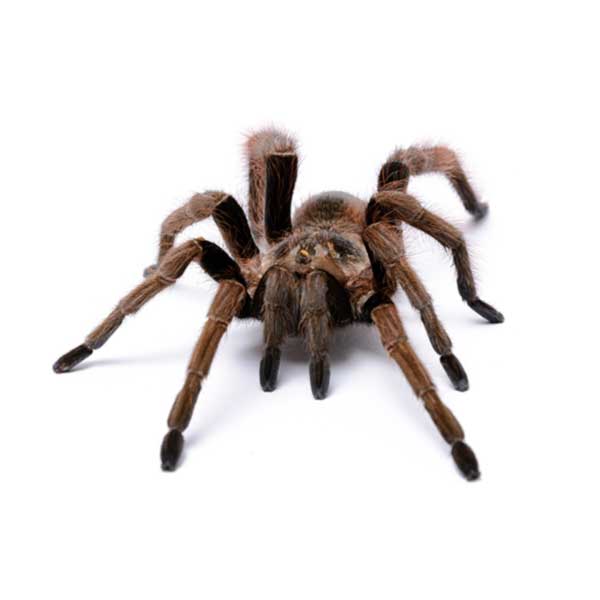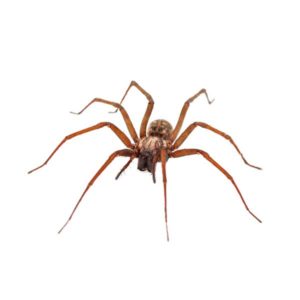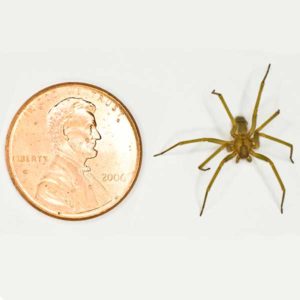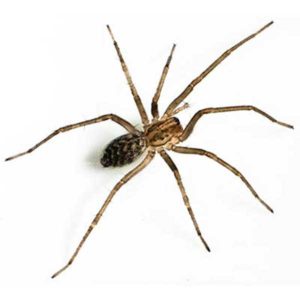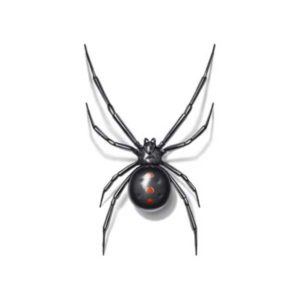Tarantulas in Anaheim
Tarantula spiders, known for their large size and hairy appearance, can be found in Anaheim thanks to our warm and dry climate. Though these spiders have a big reputation for being scary, most in the U.S. are not highly venomous. If you are bitten, you’re unlikely to have a serious reaction because their venom usually has a very low toxicity for humans. Tarantula spiders are more commonly seen during their mating season in September and October
Tarantula Spider Habitat
Tarantulas are drawn to warm and dry environments, often residing in burrows during the day. They typically live in dry, well-drained soils in open areas like deserts and grasslands. Tarantulas are nocturnal and spend the night hunting insects near their burrow, so homeowners may not see them around unless it’s mating season in the fall. During autumn, male tarantulas may venture into homes if they have access, but they generally avoid indoor spaces.
Tarantula Spider Behaviors, Threats, or Dangers
When a tarantula feels threatened, it raises its fangs and stands on its hind legs. If that doesn’t deter the threat, the spider might use its legs to shoot tiny barbed hairs, called urticating hairs, as a defense mechanism. These hairs can cause minor irritation in humans but are more harmful to small animals. Tarantulas are not deadly spiders and rarely bite people unless provoked or handled. A tarantula bite is usually no worse than a bee sting, but individuals with allergies should seek medical help if bitten.

